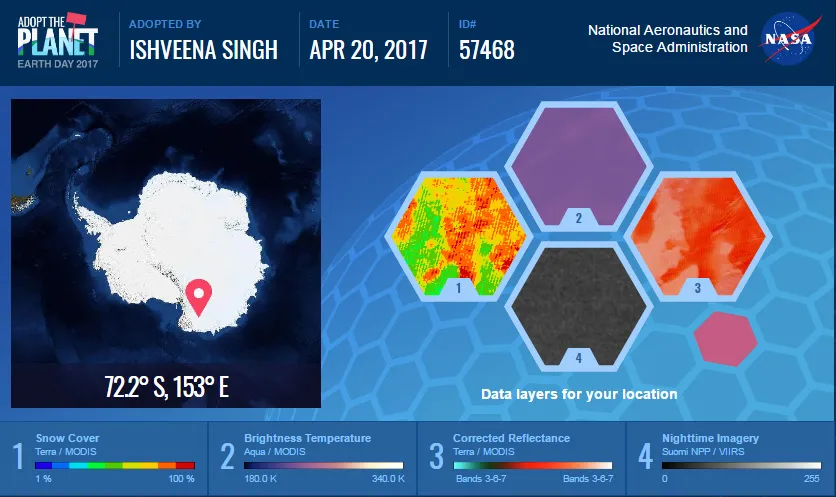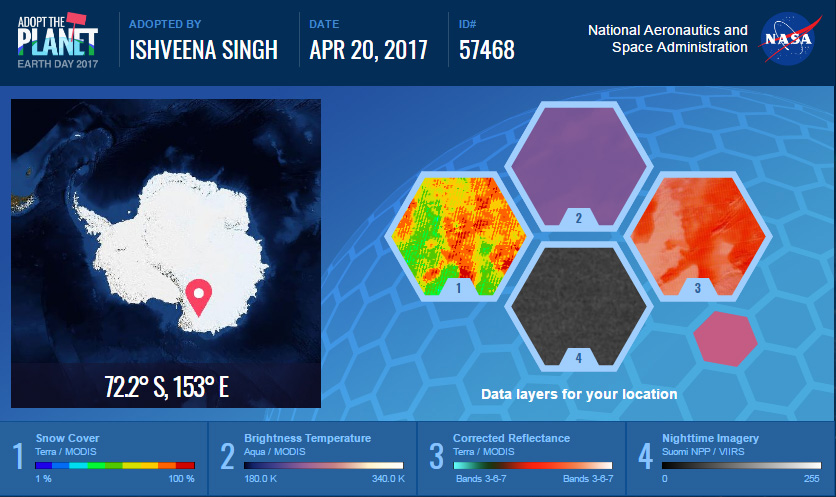Harvey’s insane lightning mapped by NOAA is both spectacular and scary
Earlier this year, NOAA calibrated and validated the earth viewing instruments on GOES-16, its most advanced weather satellite. Among these instruments was the Geostationary Lightning Mapper (GLM), the first lightning detector in a geostationary orbit. It was tasked with one job: Continually look for lightning flashes over the Americas and adjacent ocean regions.
Apart from potentially deadly cloud-to-ground strikes, the GLM can also detect in-cloud lightning, which often occurs five to 10 minutes in advance. This window gives weather forecasters the much-needed time to warn those involved in outdoor activities about the developing threat.
Hunting for lightning is also important because it lets forecasters know when a storm is forming, growing and becoming more dangerous. According to NASA, rapid increases of lightning are a signal that a storm is strengthening quickly and could produce severe weather. Which is exactly what happened on August 25 when Harvey smashed into Texas as a category 4 hurricane.
The GLM watched Harvey’s every move, capturing the optical lightning emissions. These have now been released by NOAA in the video below and you can see the lightning bolts in form of small yellow flashes:
You can notice that the outer bands are witnessing more intense lightning than the eye wall initially. But as the hurricane reaches its peak intensity, the eye wall becomes more electrified. NOAA explains that the thunderstorms end up ‘training’ over the same place because of the slow movement of the hurricane and the mesoscale environment. And this training process is what led to much of the flooding in Texas.
So, what did you think of the video: spectacular or scary?









